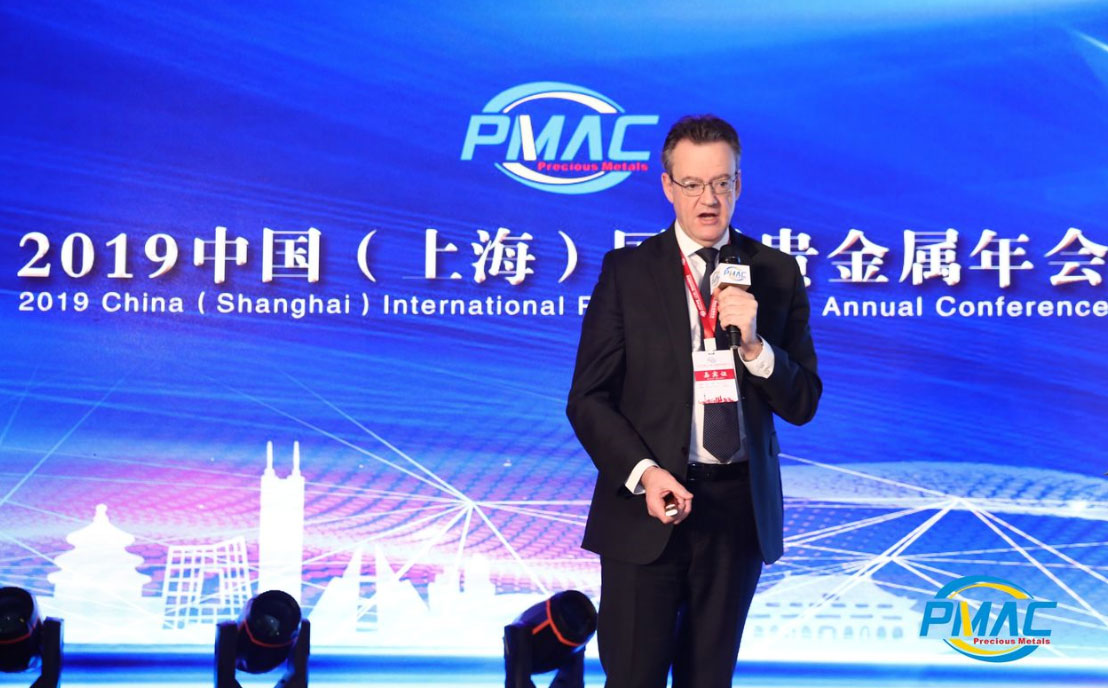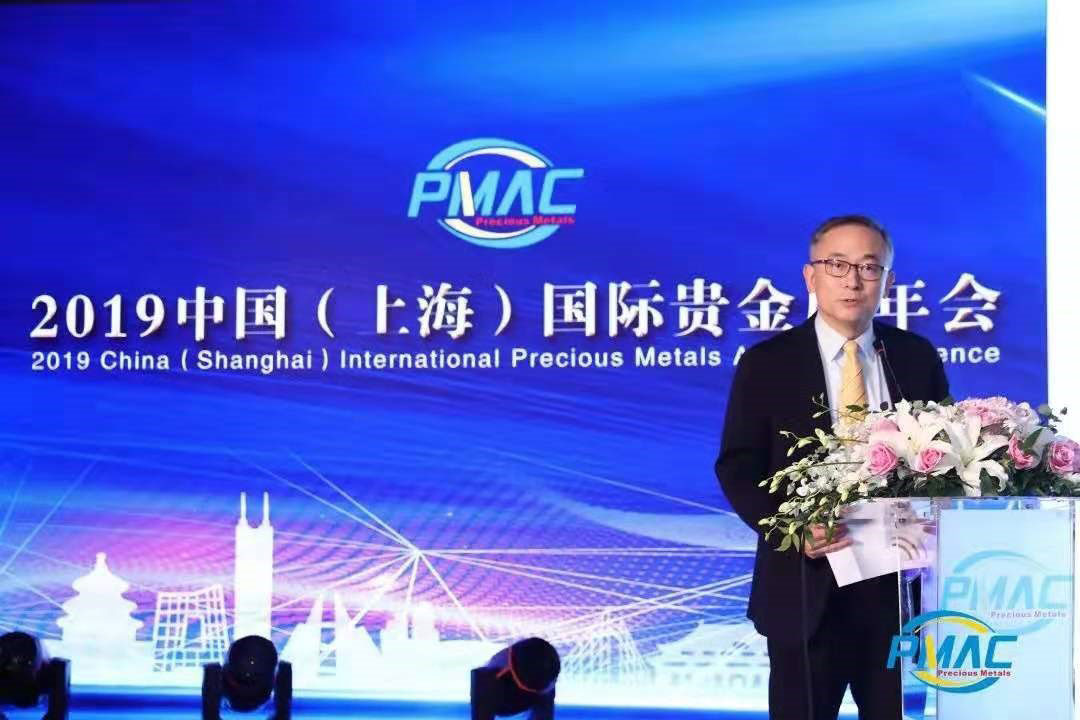Co-hosted by China Gold Association, World Gold Council, Shanghai Gold Exchange, Shanghai Futures Exchange and the Shanghai Gold and Jewellery Association, the 2019 Annual Precious Metals Conference was held in Shanghai on 10th and 11th December. Over 400 gold industry leaders and representatives from China and other regions participated. Here are a few key takeaways.
Takeaways from 2019 Annual Precious Metals Conference
23 December, 2019
John Reade, our Chief Strategist and the keynote speaker at the conference, highlighted the major drivers for gold in 2019 and key trends in 2020. He noted gold has outperformed most bonds and commodities in 2019, driven by the increased uncertainties and negative-yielding debt scale globally. Moving into 2020, John identified some key trends in the gold market:
- Geopolitical uncertainties and the lower interest rate environment will continue to provide a boost to gold investment demand.
- Global central banks’ gold purchases will likely remain robust next year.
- We might see elevated gold price volatility in 2020 due to the momentum in the gold market and speculative demand around the globe.
- And such volatility, coupled with weaker economic growth globally, may result in a softer consumer demand for gold in the near term.
- But in the longer term, the economic structural reforms in China and India will support gold demand.
Roland Wang, Managing Director of World Gold Council in China, delivered our 2019 consumer research insights at the conference. These insights generated a huge amount of interested from participants, even after the conference had concluded. Roland presented five major findings from 2019 consumer research results:
- While gold has strong global penetration in retail markets, 24% of our survey takers in China are considering investing in gold but haven’t invested yet, and 30% are potential jewellery buyers, presenting a huge opportunity for China’s gold industry.
- But there are areas of mistrust. In China, 64% of potential gold investors held back their gold investment decisions because of trust barriers. And a third of potential Chinese jewellery consumers cited trust concerns. These trust barriers are mainly around products’ purity and authenticity as well as product providers.
- Gen Z in China has a weaker connection to gold jewellery. Only 12% of our Chinese survey respondents between 18 and 22 years old intended to purchase gold jewellery in the future, while the global average excluding China is 17%.
- 45% of Chinese investors use Robo-advisors for investment information, well above the global average. But as technology revolutionising modern investment, the industry needs to keep up with technological innovations constantly to ease gold products’ accessibility.
- Finally, education, awareness and ethics are important. 66% of potential gold investors globally mentioned that they lack the right knowledge, another barrier preventing them from investing in gold. And over 60% of recent gold investors would like their investments to be ethical.
Roland highlighted that China’s gold market still has a large potential to further develop, but firstly the trust barrier must be addressed, younger consumers’ connection to gold strengthened, consumers’ awareness of gold increased.
Liu Bing, General Manager of China Gold Group, introduced the current state of China’s gold industry during his keynote speech. He also pointed out that gold’s risk-hedging role is drawing increasing attentions from global investors under current conditions. China’s gold industry should grab such opportunity to accelerate its structural transformation and upgrade, Liu Bing noted.
Other renowned economists, industry leaders and experts also shared their views on gold and the economy. Many speakers agreed that gold’s wealth-preserving value will become more important, not just for investors, but also for central banks. And they also reached a consensus that in the longer term, gold will become a vital component in a multipolar international monetary system.


